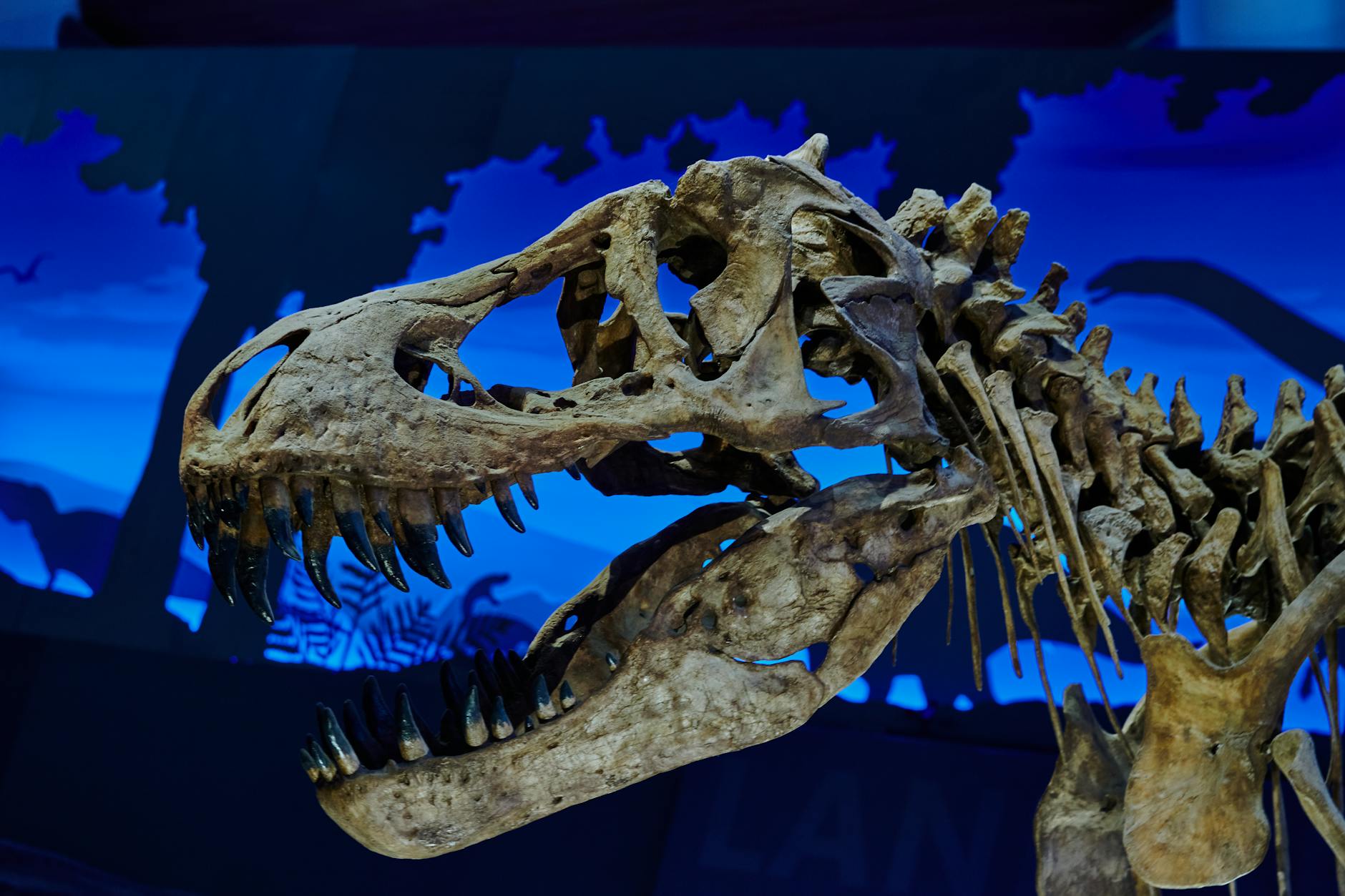New Dinosaur Species Unveiled: Isle of Wight Yields Ancient Giant with Striking Sail
Fossil discovery sheds light on previously unknown iguanodontian dinosaur, potentially offering clues to prehistoric social behaviors.
A significant paleontological discovery has been announced, with scientists identifying a new species of dinosaur unearthed on the Isle of Wight. This ancient creature, christened Istiorachis macarthurae, is notable for a prominent “sail” adorning its back and tail, a feature researchers suggest may have played a role in prehistoric mating rituals or thermoregulation.
The find represents a new branch on the family tree of iguanodontian dinosaurs, a diverse group of herbivorous ornithischian dinosaurs that flourished during the Cretaceous period. The detailed identification and classification were spearheaded by Dr. Jeremy Lockwood, a PhD student affiliated with the University of Portsmouth and the Natural History Museum. The species name, Istiorachis macarthurae, honors the renowned sailor and environmental advocate Dame Ellen MacArthur.
The Anatomy of a Sail-Backed Dinosaur
The defining characteristic of Istiorachis macarthurae is its substantial dorsal sail. While fossil evidence of similar sail-like structures exists in other dinosaur groups, such as the iconic Spinosaurus or the more commonly known Ouranosaurus, the specific morphology and placement of the sail in this newly identified species provide fresh data for paleontological study. Scientists are analyzing the bone structure of the sail to understand its full extent and the muscles that would have supported it.
The sail’s potential function is a key area of ongoing research. Several hypotheses are being considered:
- Mate Attraction: The sail’s size and potentially vibrant coloration could have been used by males to attract females, similar to the elaborate displays seen in some modern birds or reptiles.
- Thermoregulation: The large surface area of the sail might have facilitated the absorption of solar radiation to warm the dinosaur’s body, or conversely, helped dissipate heat in warmer climates.
- Species Recognition: Distinctive sails could have aided dinosaurs in recognizing members of their own species amidst larger herds or in complex environments.
Further analysis of the fossil remains, including the precise arrangement of vertebral spines and any associated soft tissue impressions, will be crucial in confirming these theories. The Isle of Wight, known for its rich Cretaceous fossil beds, has consistently provided valuable insights into the dinosaur populations of ancient Europe.
Unpacking the Significance of the Discovery
This discovery contributes to our broader understanding of dinosaur diversity and evolution during the Mesozoic Era. Iguanodontians were among the most successful herbivorous dinosaurs, occupying significant ecological niches across the globe. The identification of a new species within this group underscores the potential for further discoveries and the complexity of dinosaur ecosystems.
Dr. Lockwood’s work, part of a larger research effort into the fossil heritage of the Isle of Wight, highlights the ongoing importance of field paleontology and museum collections. The naming of the species after Dame Ellen MacArthur also draws attention to the intersection of scientific exploration and broader societal engagement with the natural world and its history.
What Researchers Are Saying and Next Steps
The scientific community is eager to see more detailed findings and analyses of Istiorachis macarthurae. Researchers are expected to publish their comprehensive findings in peer-reviewed journals, allowing for wider scientific scrutiny and debate. Future research will likely involve:
- Comparative anatomical studies with other sail-backed dinosaurs.
- Biomechanical modeling to understand the sail’s structural integrity and potential for movement.
- Paleoenvironmental reconstructions to place Istiorachis macarthurae within its ecological context.
The Isle of Wight continues to be a vital location for paleontological research, and this discovery reinforces its status as a global hotspot for understanding prehistoric life. As more fossils of Istiorachis macarthurae are potentially found, our understanding of this fascinating creature will undoubtedly deepen.
Key Takeaways:
- A new species of iguanodontian dinosaur, Istiorachis macarthurae, has been discovered on the Isle of Wight.
- The dinosaur possessed a prominent sail along its back and tail, hypothesized to be for mate attraction, thermoregulation, or species recognition.
- The discovery was led by Dr. Jeremy Lockwood and named in honor of Dame Ellen MacArthur.
- This find contributes to the understanding of dinosaur diversity and the rich fossil record of the Isle of Wight.
Readers interested in the scientific details of this discovery can refer to ongoing publications from the University of Portsmouth and the Natural History Museum.
The Guardian: New species of dinosaur with ‘eye-catching sail’ discovered on Isle of Wight


























